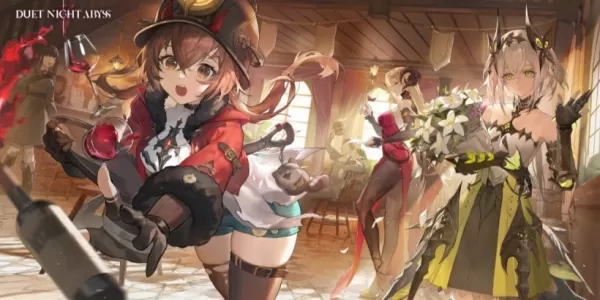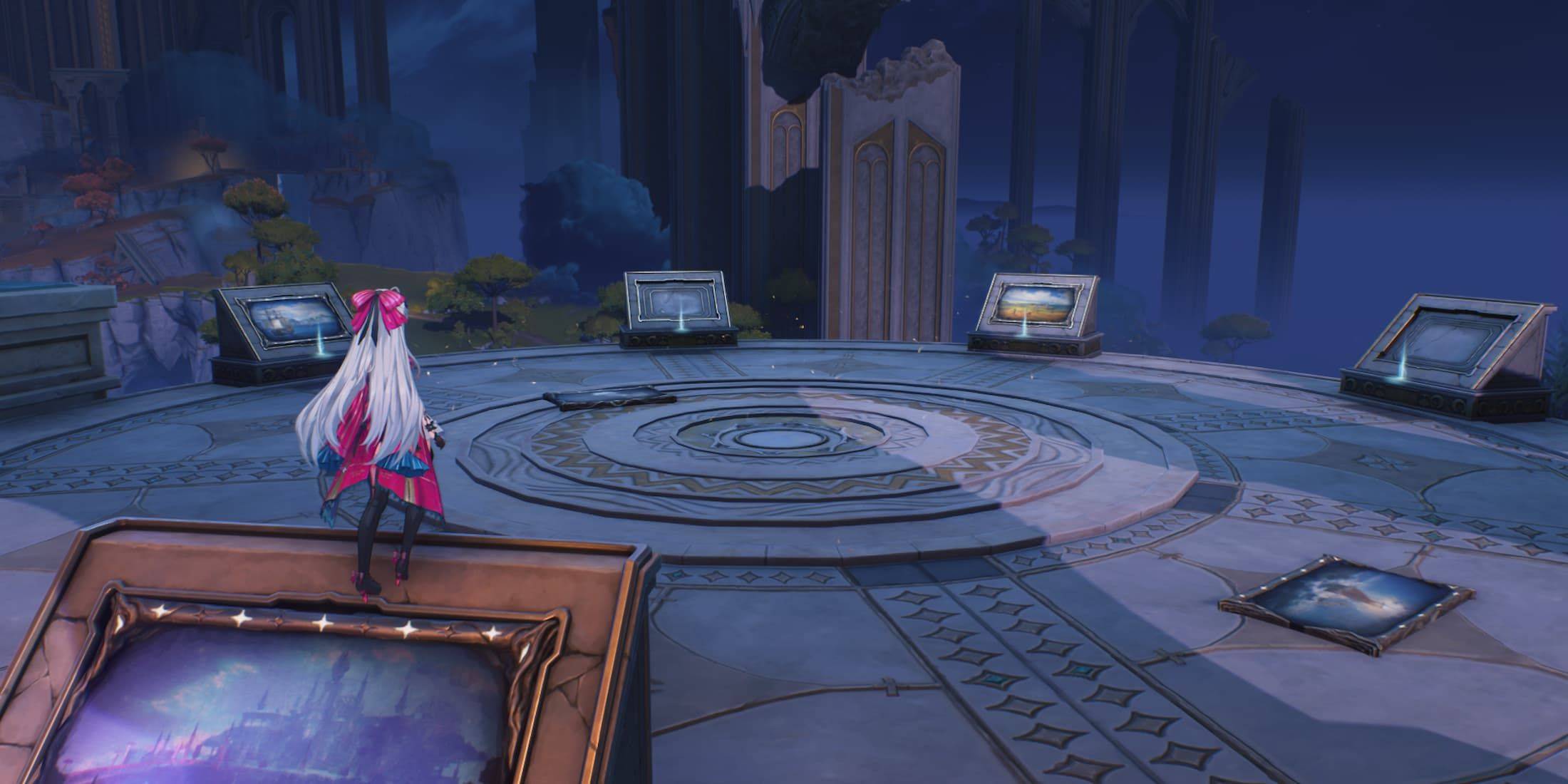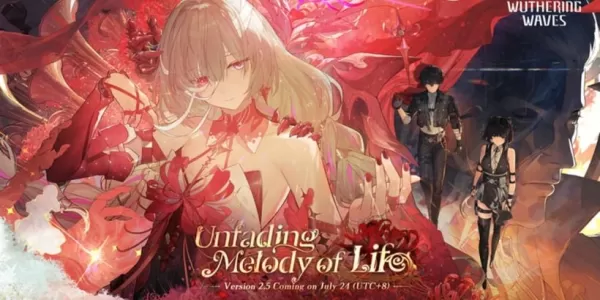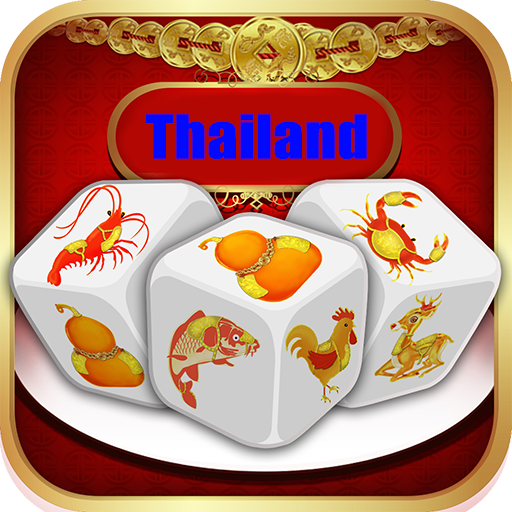Don't underestimate Elden Ring Nightreign's significance as a standalone experience. Lore enthusiasts will find plenty to analyze. Like branches of the Erdtree, Nightreign represents an alternate timeline rooted in Elden Ring's universe while introducing fresh concepts and characters – even if its narrative exists independently from the main game. Our breakdown of Nightreign's ending will clarify this distinction.
Warning: Major spoilers ahead for Elden Ring Nightreign's conclusion.
Is Nightreign Canon?
Nightreign explores a divergent historical path for The Lands Between, branching from a crucial lore moment to showcase a darker "what if" scenario. Consider these events an alternate reality rather than official continuity. While prior Elden Ring knowledge isn't mandatory, you'll need to complete numerous expeditions and battle Nightlords to fully understand Nightreign's relationship to – and divergence from – the original story.
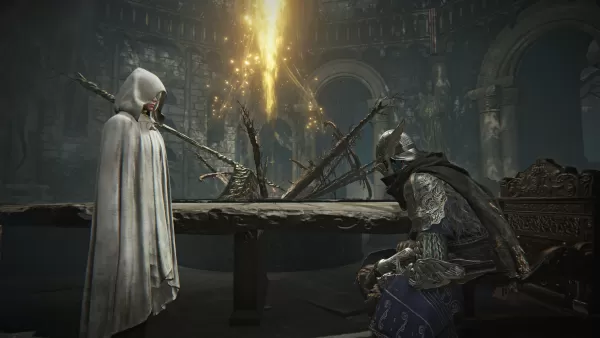
Elden Ring Nightreign Ending Explained
The opening cinematic establishes Nightreign's premise: In this timeline, the Tarnished never arrive. Following Queen Marika's shattering of the Elden Ring, the demigod war rages unchecked for millennia until an entity called the Nightlord emerges – essentially a living cataclysm whose presence brings perpetual darkness and world-dissolving rainfall.
Typical of FromSoftware, they've crafted an even grimmer reality than the original game's. Here, the Elden Throne sits vacant amidst fading ruins with nothing left to rule. Yet mysteriously chosen warriors called Nightfarers undertake a final mission to confront the Nightlord's source.
Players battle through remnants of Limgrave facing corrupted versions of Elden Ring and Dark Souls enemies – perhaps manifestations of reality collapsing. After defeating lesser Nightlords, you confront Heolstor, a spectacular three-armed boss wielding a Moonlight Greatsword-esque weapon.
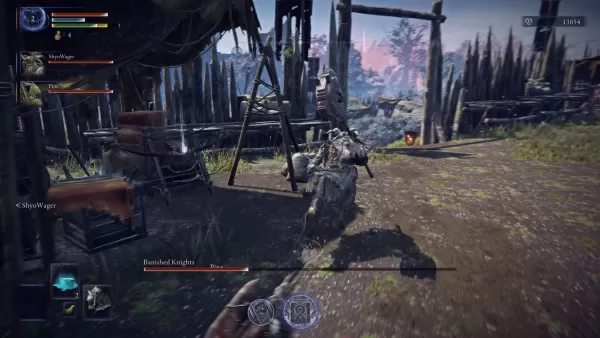

View 121 Images

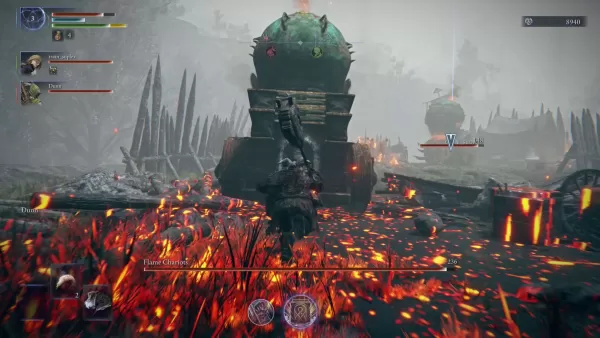
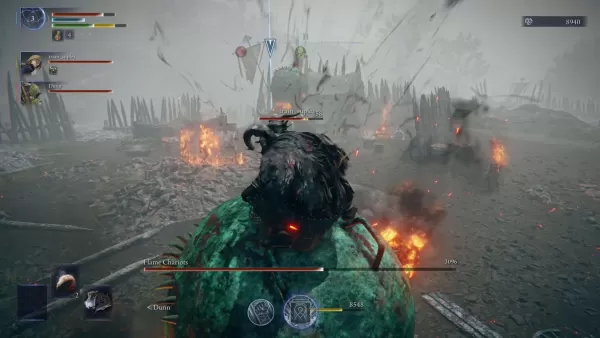
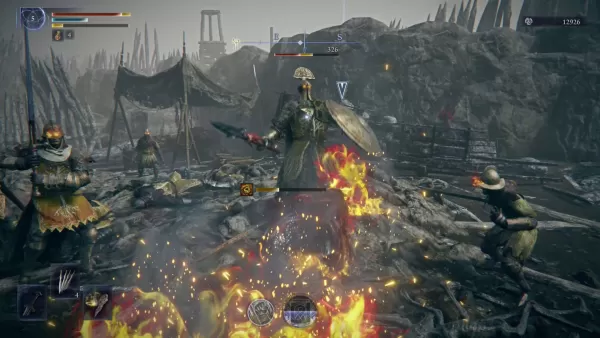
Upon victory, your Nightfarer dissolves into light after placing Heolstor's Primordial Rune before a petrified corpse in an abandoned Roundtable Hold. The post-credits scene reveals Elden Ring's original timeline restored – with golden Erdtree leaves settling on a wooden colossus resembling Heolstor emerging from the sea before departing.
This suggests defeating Heolstor erased Nightreign's timeline entirely, preserving the events of the original game.
Who is Heolstor and What Happens in Alternate Endings?
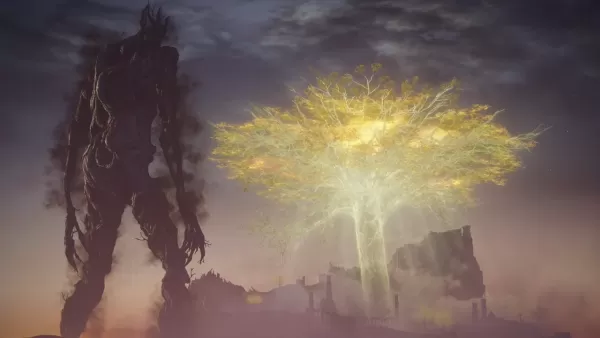
Heolstor remains largely enigmatic beyond lore fragments depicting him as a resurrected knight who cursed existence. The most compelling interpretation casts him as an inevitable cosmic force rather than a traditional villain.
This theme continues through character-specific endings:
- Wylder's Path: Completing his remembrance quests lets him usurp the Nightlord mantle using a Larval Tear, sacrificing himself to save the Duchess.
- Ironeye's Choice: Killing the petrified corpse prolongs the Night to protect Those Who Live in Death from Erdtree persecution.
- Recluse's Resolution: By embracing her Night-corrupted child, she potentially prevents future Nightlords from emerging.
Other Nightfarers follow the default ending's timeline erasure. However, future DLC Nightfarers may provide additional insights through their own unique conclusions.

